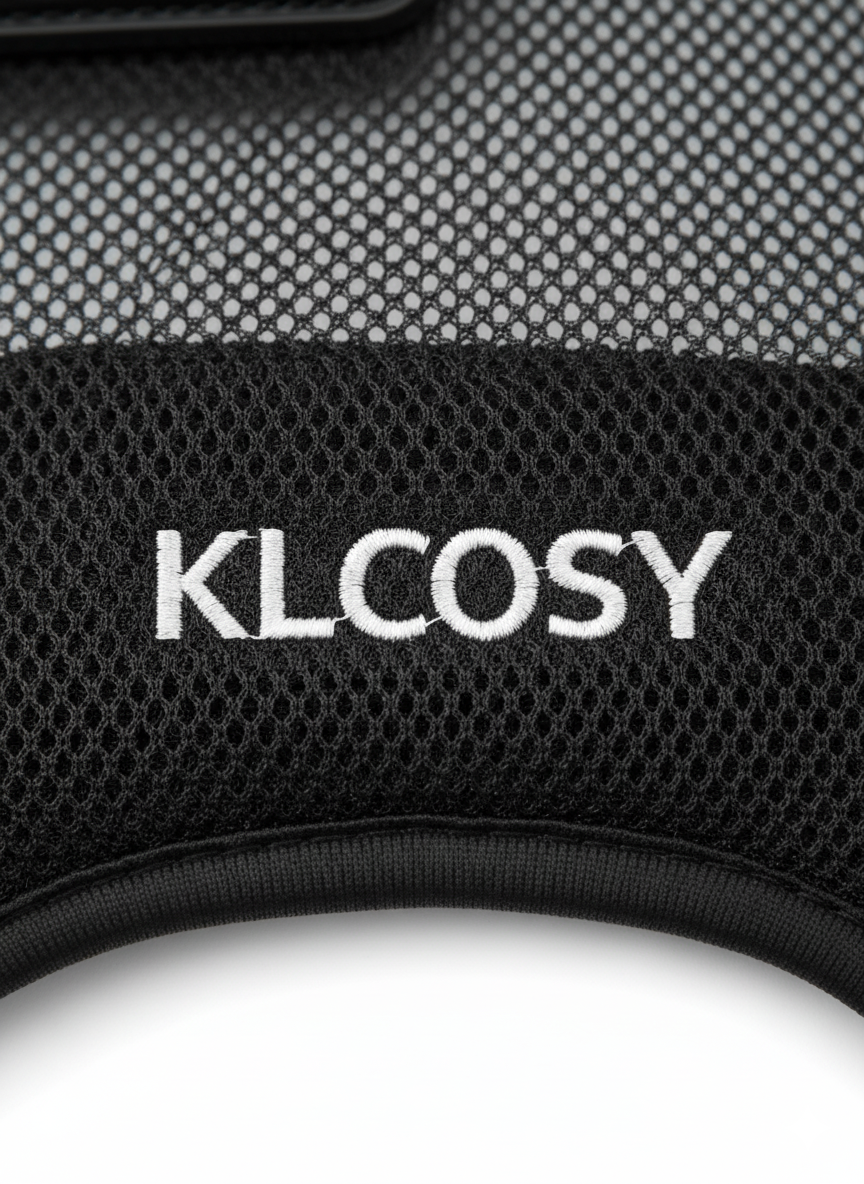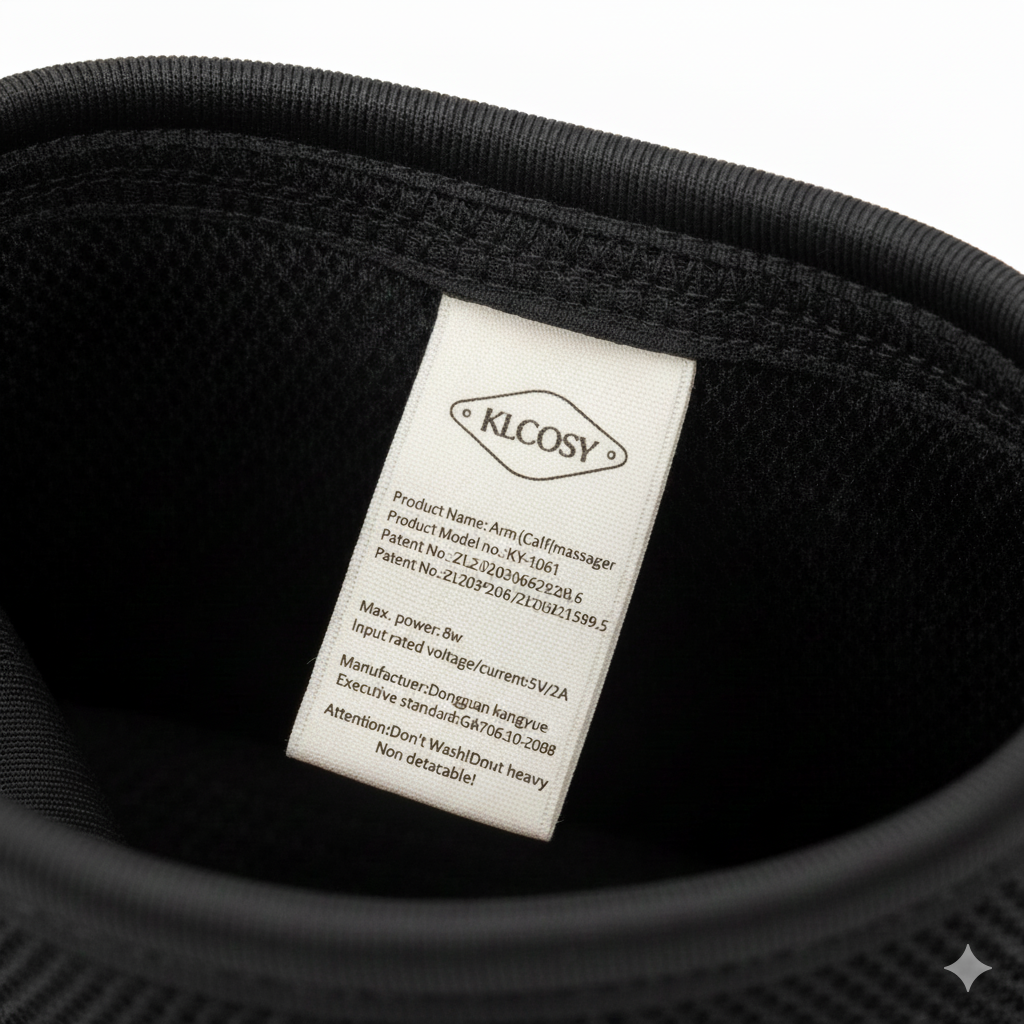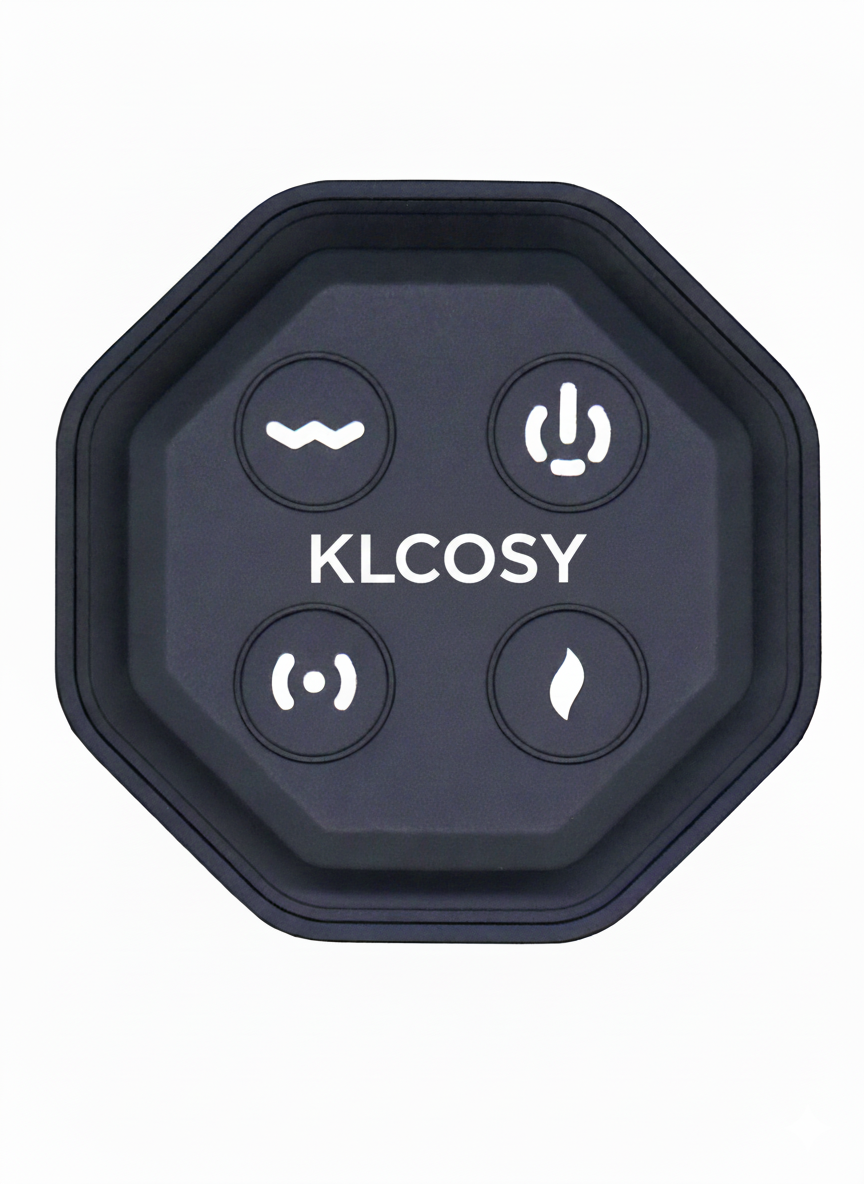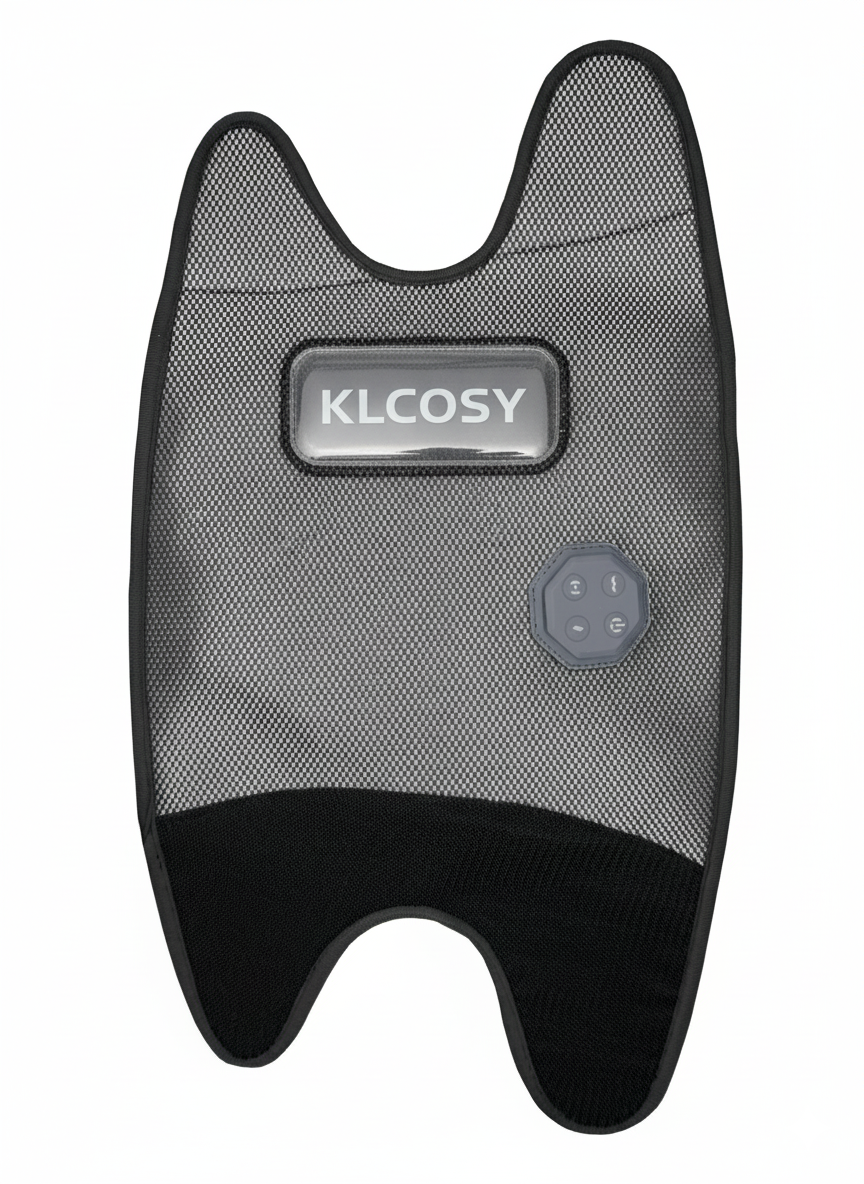How to Get a Private Label Massager with Your Custom Logo
- By Grace
- Updated on
As an OEM massager manufacturer, I've seen it a hundred times: a great brand gets lost in the crowd because its product just doesn't stand out. You’ve got a fantastic massager, but without your branding, it’s just another device. And let’s be honest, figuring out how to add a custom logo with an overseas partner can feel like a total shot in the dark.
We believe that turning a quality device into your own private label massager shouldn't be complicated. It’s all about having a clear, transparent process. We guide our partners through every single step, from sending over a design file to final production, making sure your brand’s identity comes through perfectly. It's how a generic product becomes a real asset for your business.
So, let's walk through the whole process. We'll cover your options, how we nail quality control, the step-by-step procedure, and what it means for your costs and timeline. First up: what are the different ways you can actually apply your logo?
What Are My Logo Customization Options?
You’ve decided to brand your massager, but what's the best way to do it? You need a method that not only looks professional but actually lasts—the last thing you want is a logo that looks cheap or fades after a few uses. That just screams poor quality.
I remember a call with a German distributor who was launching a high-end line. We suggested laser engraving, and he later told us it completely changed the game, boosting the product's perceived value and letting them command a higher price. It's all about picking the right tool for the job. Here's a quick rundown of the most common choices:

Dive Deeper: Choosing the Right Technique for Your Brand
Think of this as the foundation of your product's look and feel. As part of our ODM portable massager service, we help you pick the method that makes the most sense for your design, budget, and brand vision. Here’s a closer look at the big three:
- Silk Screen Printing: This is the workhorse of product branding. It’s fast, affordable (especially for big orders), and perfect for simple logos with one or two solid colors on plastic surfaces. It’s a solid, no-fuss option.
- Laser Engraving: If you want a premium, permanent finish, this is it. A laser etches your design right onto the material, so it literally can't be scratched or worn off. It gives your product a high-end, sophisticated feel that customers notice.
- Pad Printing: Got a tricky, curved, or textured surface? Pad printing is your best friend. It uses a soft pad to transfer the logo, making it incredibly versatile for unique designs where other methods just wouldn't work.

How Do You Guarantee My Logo's Quality and Durability?
This is the big one, isn't it? You're worried that after a few months, that beautiful logo will start to peel, scratch, or fade. It's a totally valid concern—a bad logo can tank your brand's reputation and lead to a flood of bad reviews and costly returns.
Our multi-stage quality control process is designed to prevent exactly that. An Australian e-commerce owner told us our durable logos helped cut her return rate for "quality issues" by over 20%. That’s not just a number; it’s peace of mind. We guarantee a lasting finish by using great materials and testing everything at every stage.

Dive Deeper: Our Systematic Approach to Quality Control
In my experience, a durable logo is never an accident; it’s the result of a disciplined QC process. For e-commerce managers like Lisa Chen, product reliability is everything. Knowing we have a system gives them the confidence they need. We run checks before, during, and after production to make sure every custom massager electric unit meets international standards. It's how we protect your investment and your brand.
It starts with picking the right materials and inks from the get-go. Then, during production, our technicians are on the floor running checks. We even do an old-school "cross-hatch" tape test (based on the ASTM D3359 standard) where we literally try to pull the logo off with special tape. If it stays put, we know the bond is solid. After everything is cured, we run final abrasion and chemical resistance tests to simulate long-term use. Only then does it get our seal of approval.
What Is the Logo Customization Process from Start to Finish?
Okay, so how does this actually work? Managing a custom production run from another country can feel complicated, and you're probably wondering who does what and when.
We’ve boiled it down to a transparent, step-by-step process that keeps you in the driver's seat. A Canadian e-commerce manager I work with said our clear workflow gave her the confidence to place her largest order ever. That's our goal: make it predictable and stress-free.

Dive Deeper: The 5-Step Path to Your Branded Product
As a professional wholesale massager supplier, we know that a predictable workflow is everything. Think of this process like getting a custom suit made—there are clear stages, and you approve everything along the way.
- Artwork Submission: First, you send us your logo. A vector file (.ai, .eps) is best because we can scale it perfectly. We'll check it over and confirm the Pantone (PMS) colors.
- Digital Mockup: Next, we create a digital "fitting," showing exactly how your logo will look on the massager. You get to review it and ask for any tweaks.
- Physical Sample: Once you approve the mockup, we create a real, physical sample—a fully functional massager with your logo on it. This is the most important checkpoint.
- Final Approval: We ship the sample to you. You can touch it, feel it, and test it. Once you give us the green light, this "golden sample" becomes the quality standard for the entire production run.
- Mass Production & Inspection: We start the full production run, and our QC team ensures every single unit matches the golden sample you approved. Simple as that.
How Will Customizing My Logo Affect My Cost and Timeline?
Let's talk about the two things every project manager cares about: money and time. You need to know how customization will impact your budget and launch schedule. Hidden costs and surprise delays are the enemy.
We're completely upfront about this. No hidden fees, no vague timelines. I remember a UK-based gift company that was on a tight budget for a holiday promotion. Our clear cost breakdown allowed them to plan perfectly and hit their profit targets. That's how it should be.

Dive Deeper: Breaking Down the Investment
For any buyer, the bottom line is critical, especially when you're sourcing a China portable massager. Here’s how the costs and timeline usually break down.
The Cost Structure:
It's pretty simple. There are two parts:
- A one-time setup fee (usually $100-$300) to create the tools for your logo, like a printing screen.
- A tiny per-unit cost (just a few cents, really) for the ink and labor to apply the logo to each massager.
There's also a Minimum Order Quantity (MOQ), typically around 500 to 1,000 units, which makes the setup cost efficient for everyone.
The Impact on Your Timeline:
Adding a logo adds a couple of steps before mass production starts, mainly the mockup and sample approvals. This usually adds about 7 to 10 business days to the total lead time. We build this into the schedule from day one, so the delivery date we give you is the one you can count on.
Conclusion
So there you have it. Adding your brand logo to a portable massager doesn't have to be a headache. When you work with a reliable OEM massager manufacturer, the process is straightforward and transparent. It allows you to launch your private label massager with total confidence, knowing you’ll get high-quality, professionally branded products on time and on budget.




